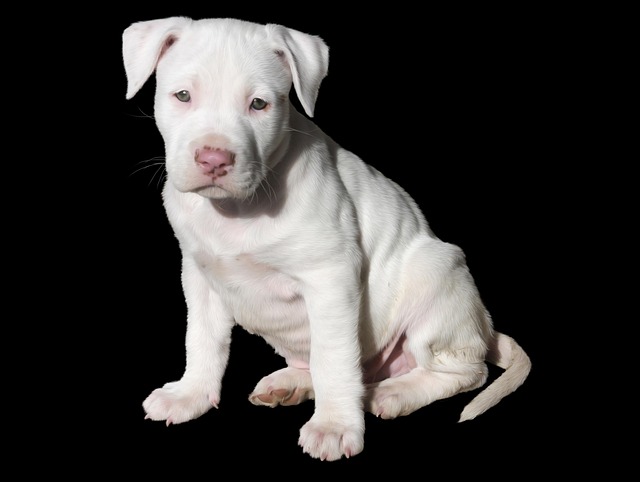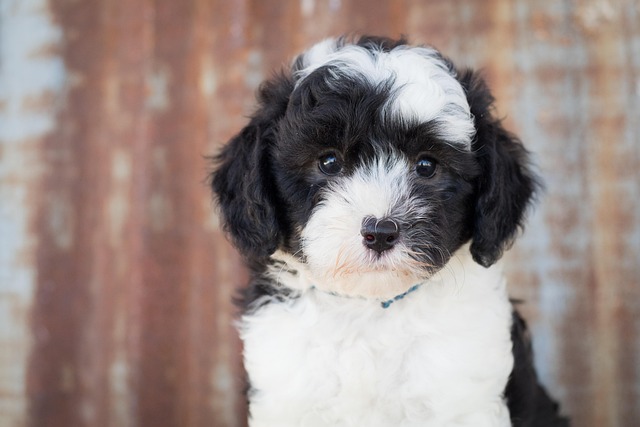
What is the number one cause of dog allergies
Imagine you’re in your Chicago apartment, sitting on the floor with your 9-month-old Golden Retriever, Max. He’s been licking his paws so much they’re red, and when you brush his belly
Imagine you’re in your Chicago apartment, sitting on the floor with your 9-month-old Golden Retriever, Max. He’s been licking his paws so much they’re red, and when you brush his belly, you notice tiny, itchy bumps you’ve never seen before. You’ve switched his food twice (thinking it’s a grain allergy) and even stopped using your new carpet cleaner—but he still can’t seem to get comfortable. If you’re a new US dog owner, this frustration is totally normal. But here’s the surprising truth: the number one cause of dog allergies isn’t food or pollen—it’s flea saliva. Even one flea bite can trigger a miserable reaction, and knowing how to spot and stop it keeps Max happy and healthy.
First, let’s break down why flea saliva is such a problem. When a flea bites your dog, it spits out a small amount of saliva to prevent their blood from clotting—this lets the flea feed longer. For many dogs (about 30% of pups in the US), this saliva acts like a strong allergen. Their immune system overreacts, causing intense itching, red skin, and even bald spots where they scratch too much. My neighbor in Austin learned this the hard way: her Corgi, Bella, started scratching her ears until they bleed, and she spent weeks testing for environmental allergies. Turns out, one flea (hitched a ride on her shoe from the park) had bitten Bella, and that single bite was the culprit. Vets explain it simply: “Fleas thrive everywhere—even in apartments. They hide in carpets, couch cushions, and your dog’s bed, so you might not see them until your pup reacts.”

So what do you do to protect Max? Start with consistent flea prevention—this is non-negotiable. Ask your vet for a vet-approved monthly treatment (avoid over-the-counter sprays—they can irritate Max’s sensitive skin). Set a phone reminder to give it to him on the same day each month—skipping one dose is all it takes for fleas to sneak in. For apartment dwellers, clean strategically: Vacuum your rug and Max’s bed weekly (flea eggs stick to fabric!), and wash his bed in hot water (130°F kills eggs and larvae). After walks, do a quick “flea check”: run your fingers through his fur, especially around the ears and belly. If he sits still for the check, reward him with a freeze-dried chicken treat—positive reinforcement makes him look forward to it, not hide under the couch. If you spot a flea, use tweezers to remove it gently, then give Max a calm bath with oatmeal shampoo to soothe any bites.
Now, let’s tie in US rules and pet culture you can’t ignore. First, compliance: Even while managing allergies, keep Max’s rabies vaccine up-to-date—California requires puppies to get their first dose by 4 months old, and Texas fines up to $500 for unvaccinated dogs. Flea prevention is also part of responsible ownership; cities like Seattle fine $300 if your dog spreads fleas to neighbors. Second, community manners: When you walk Max, always bring poop bags—Seattle fines $250 for uncollected waste, and fleas can lay eggs in dog poop. Avoid dog parks if Max is itching—other dogs might have fleas, and his scratching could spread irritants. And a big cultural rule: Never punish Max for scratching. Yelling or tapping his nose won’t stop the itch—it’ll make him hide discomfort, so you miss early signs next time. Instead, redirect him to a soft toy and praise him for using it.
At the end of the day, stopping dog allergies starts with targeting their number one cause: flea saliva. With small, consistent steps, Max will be back to zooming around your apartment—no more licking, no more scratching.

Imagine you’re in your Chicago apartment, sitting on the floor with your 9-month-old Golden Retriever, Max. He’s been licking his paws so much they’re red, and when you brush his belly

Imagine you’re in your Chicago apartment, sitting on the floor with your 10-month-old Poodle, Luna, after a walk. You run your fingers through her fur and freeze

Hip dysplasia isn’t just a senior dog issue—breeds like Labradors and German Shepherds often show signs as early as 6 months, with stiffness after naps or reluctance to climb stairs.

Imagine you’re in your Austin apartment, folding laundry while your 8-month-old Beagle, Lucy, curls at your feet. She’s been licking her paws nonstop lately

Imagine you’re in your Chicago apartment, kneeling down to give your 18-month-old French Bulldog, Lola, a belly rub—her favorite part of the evening.

Imagine you’re in your New York City apartment, sitting on the floor with your 10-year-old Corgi, Bella—she’s curled against your leg, slower to stand up than she was a year ago